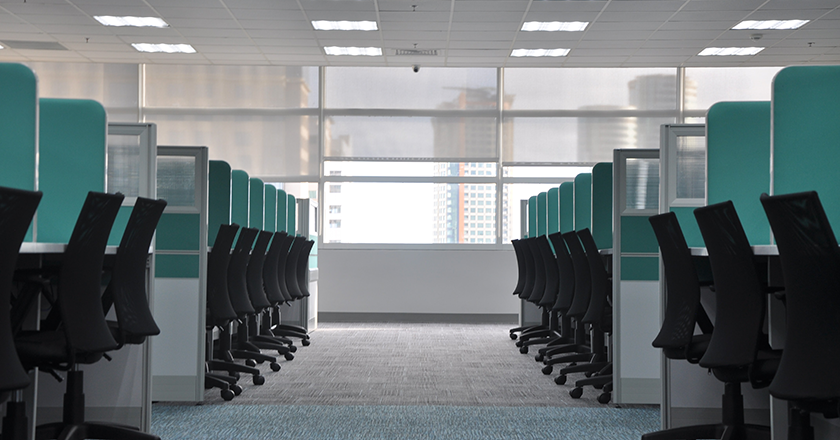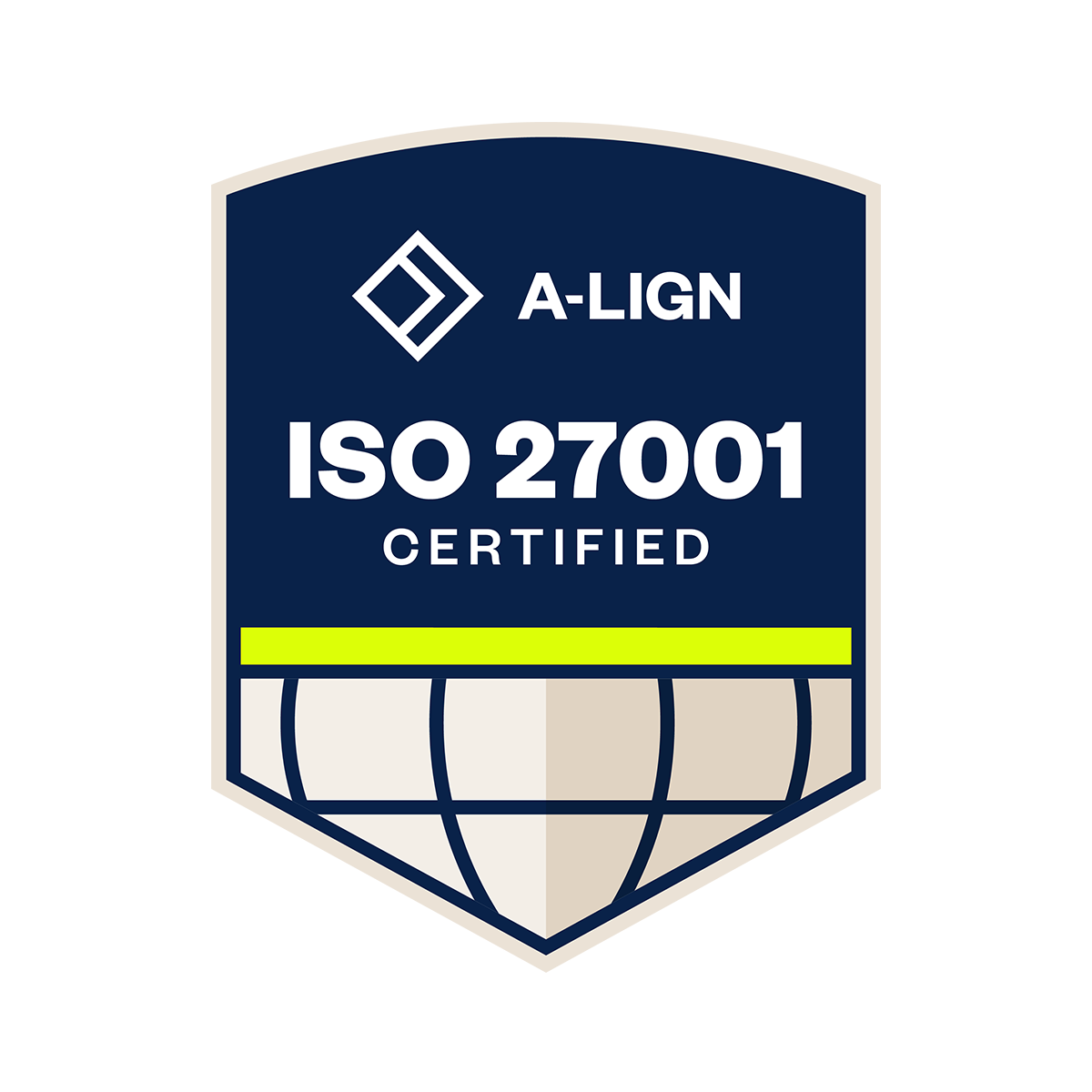The COVID-19 pandemic has forced many of us to completely reconsider and restructure our work lives. Eventually, however, we will return to a form of normalcy. For organizations, this means planning the return to work, and ensuring it goes properly. And because this will most likely happen before the pandemic is truly over, organizations will need to put strict measures in place to contain the spread of the virus.
On Thursday, June 11th, Helena Adams, MBA, Director of People Operations at Veoci, presented in a webinar on her best practices for the return to work. Below is a written summary of the webinar.
This webinar was originally recorded on Thursday, June 11th. If you’d like to watch the webinar recording, click here.
Building Health
If employees are going to be coming back to the office, building health will need to be a top priority for planners.
Building health takes the contagiousness of COVID-19 into consideration, implementing a system for ensuring the building itself provides a clean, safe, and sterile environment for employees to work in.
This includes the air ventilation for your offices or facilities. Understand the system, what other offices it connects to, and if all the pieces of it are in working order.
Building cleaning schedules will also play an important role. Because offices are shared spaces, the coronavirus can easily spread if a thorough cleaning regiment isn’t in place. Records of cleaning and sanitizing will also be critical, as they could aid in potential contact tracing efforts if an employee tests positive for COVID-19.
Elevators are also opportunities for the virus to spread. Limiting capacity to one or two people and providing sanitizing products will help curb the risks elevators pose. Shared restrooms can spread the virus, necessitating a regular cleaning schedule for them as well.
Creating A Safe Environment
An analysis of your workplace will give a good sense of how to implement COVID-19 prevention policies, practices, and procedures.
Shared contact surfaces will pose the biggest risk. Break rooms, door handles, cabinets, and like items qualify as shared contact spaces; a quick walkthrough of your offices will help in finding each of these areas. Infection mitigation strategies will be required here. This may mean keeping a door propped open or placing hand sanitizer for employees to use.
While shared contact spaces hold the highest risk of infection, other more personal areas, like individual desks, do as well. Training employees when and how to clean their workspaces, shared tools, and equipment will be important in slowing or preventing infections. Outside visitors should also be kept to a minimum at this time and encourage virtual meetings.
During this pandemic, shared food also needs to be avoided. Keep employees away from the kitchen if possible, as it’s another one of those shared spaces.
Infection Prevention in the Office
A return to the office doesn’t mean a relaxation of all the preventive measures we’ve taken due to the pandemic.
If your organization is returning to the office, it shouldn’t be done all at once. Develop work groups, or different groups of your in-office employees who will go in on certain days. Ideally, these groups’ compositions will enable those in the office to observe social distancing. These groups should also be very diverse. Have critical players and team leaders in different groups to prevent coinciding infections if or when a wave of COVID-19 hits your workforce.
Because offices are enclosed space with limited air flow, PPE is a necessity. In open office settings, employees should wear face masks and wear gloves when doing routine cleaning of workspaces and equipment. Disinfectant products should be placed throughout the office for employees to use as well. No touch hand sanitizer dispensers will be a nice, safe addition to the office too.
Communication will help get this information to employees. As the pandemic’s conditions continue to evolve, so too will the information your organization needs to share with its employees. Make sure they’re aware of new PPE and cleaning policies through emails, meetings, and even through signs posted around the office. Keeping your employees informed will allow them to feel safe when returning to the office and ease their transition.
Employee Wellness
Regardless of the measures taken at the office, our employees can still come down with COVID-19 due to activities outside of work.
Prioritize creating an employee wellness check system. If an employee suspects or confirms they have the COVID-19, your organization will want a system for them to report this. This will allow your organization to excuse them from working while they’re sick, protect other employees from infection, and kick start other necessary processes.
Your organizations should also take the following steps if an employee does test positive for COVID-19:
1. Express empathy
2. Allow them to self-quarantine for 14 days
3. Inform your organization while retaining the employee’s confidentiality
4. Perform contact tracing and inform the appropriate people
5. Close the office for a deep cleaning
Of all of these steps, contact tracing will be the most critical. A system will aid your organization in logging all the contacts an infected employee had before diagnosis and isolation, reaching out to those contacts, and tracking them. Having this data in a digital system will also allow you to cross-reference items like cleaning logs, which may find additional exposed contacts that the infected person doesn’t remember.
The Future of Work
All of these points ask us to think about the future of work. Knowing what this landscape looks like will not only be important as the COVID-19 pandemic continues, but also after it ends.
We’ll most likely see a change in sick time allowances, and a culture that encourages employees to take their time if they are sick. This way not only can they heal faster, but prevent other people from becoming sick as well.
Remote work has also taken over. The COVID-19 has changed the way most of us look at our jobs and how they’re performed. Organizations will most likely need to grant employees more opportunities to work from home.
The pandemic has also made our sores apparent. Critical roles and functions have revealed themselves through this crisis at many organizations, stressing the importance of business continuity plans.
Reopening the Office
Reopening the office will be tricky, and something organizations must do with caution, a plan, and the proper operational infrastructure.
All of these topics above, and more, were covered in the webinar. If you’d like to learn more, you can find the recording of the webinar here.








